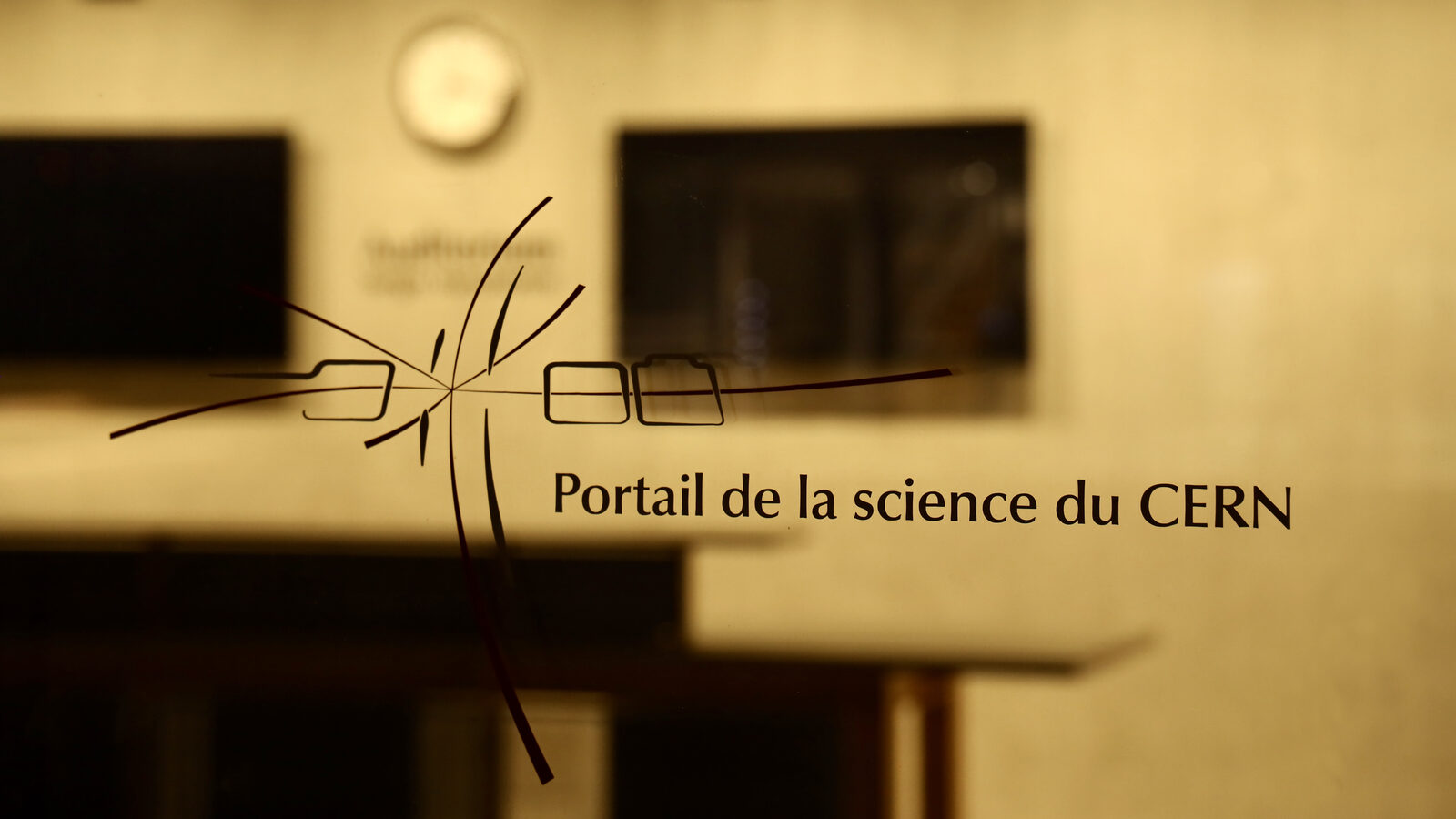Since the 1950s, physics research center CERN has been a popular tourist destination. But the start-up of the Large Hadron Collider in 2008 launched it to international fame (and the top of travel website Trip Advisor’s list of the most popular tourist attractions in Geneva).
Over the last 15 years, CERN has hosted more than a million visitors on guided tours of the lab. But its increasing popularity with school groups and other tourists has made it challenging for CERN to keep up. “All our educational activities are overbooked,” says Fabiola Gianotti, CERN’s Director General.
To address the demand, CERN has just opened a massive new science center, called Science Gateway.
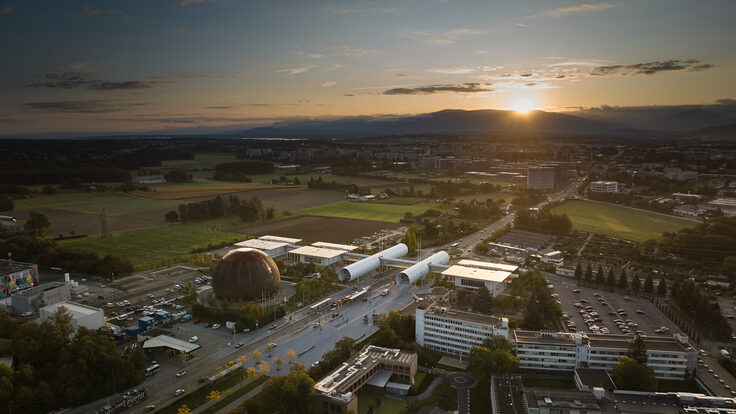
The members of CERN’s directorate originally planned to house the science center in a simple new building in the Park & Ride lot next to the iconic CERN Globe. But when world-renowned Italian architect Renzo Piano agreed to design it, they knew that they needed to go big.
“For two years we only worked on paper,” says project leader Patrick Geeraert. “When it came out of the drawing, we realized how big it would be. I was a bit scared for my budget.”
The building, which is entirely funded by private donors, looks like a space station parked in a forest. It consists of three pavilions and two massive tubes connected by bridges that pass over the tram line that leads to CERN. Below the complex is a spacious outdoor area that is open to the public 24/7.
Inside Science Gateway are four exhibit spaces, two laboratories for hands-on experiments, a reception area with a gift shop, a café, and a 900-seat auditorium. The center’s exhibits and educational programming are offered free of charge for all visitors; the operational budget will be subsidized by the café and gift shop.
“For me, it’s a dream that becomes a reality,” Gianotti says. “I still have a hard time to believe that we were able to complete the project in five years.”
When Emma Sanders and the CERN exhibitions team, which she leads, were asked to design a new, immersive experience for Science Gateway visitors, they wanted to do things differently. “In the past, we designed our exhibitions for the visitors who were already coming to CERN,” Sanders says. “With Science Gateway, we are very much changing gears. We’re not only looking at who is coming today; we’re looking at who we’d like to come.”
Previously, most of the visitors who came to CERN were already familiar with the lab. They were interested in touring its experimental areas. “They wanted that authentic ‘behind the scenes’ CERN experience,” Sanders says.
But Sanders is hoping Science Gateway will become a tourist destination for both dedicated science fans and more casual visitors. “A lot of our exhibits involve play,” she says. “That’s a valid goal: to make a place where families can have a fun day out. If kids have fun at CERN, that’s an important first step in engaging them with science.”
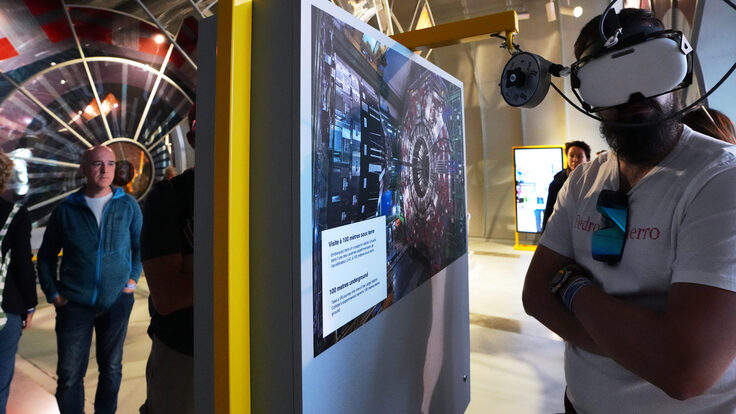
To ensure that the exhibits are accessible to everyone, Sanders and her team collaborated during the design phase with people with different disabilities. Sanders says the result benefits all visitors. For instance, tactile exhibits designed for individuals with vision loss allow anyone to use their sense of touch to learn about physics.
In addition to providing public exhibits, Science Gateway will offer educational activities that can be booked in advance. “We want our visitors to rediscover their inner scientist,” says Julia Woithe, who coordinates educational activities for Science Gateway. “Everyone is a scientist.”
The new hands-on workshops will involve activities—some designed for children as young as 5 years old—that demonstrate the basic principles of science, along with more advanced particle physics experiments designed for high school students through older adults. “Doing a hands-on activity is a playful way to engage with science and an easy entry into a world that many visitors find abstract and intimidating,” Woithe says. “Our motto is ‘hands on, minds on, goggles on.’”
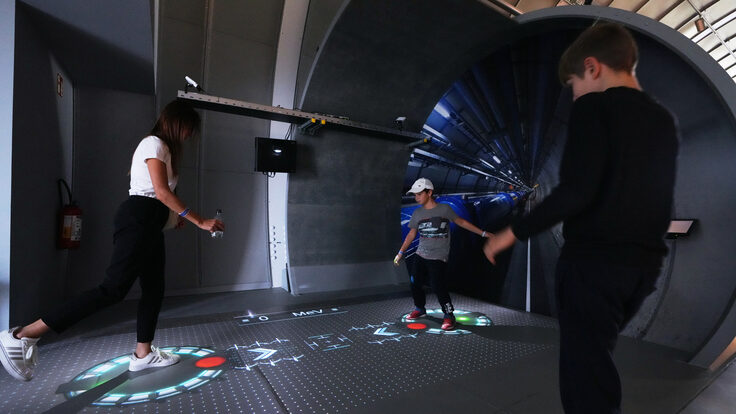
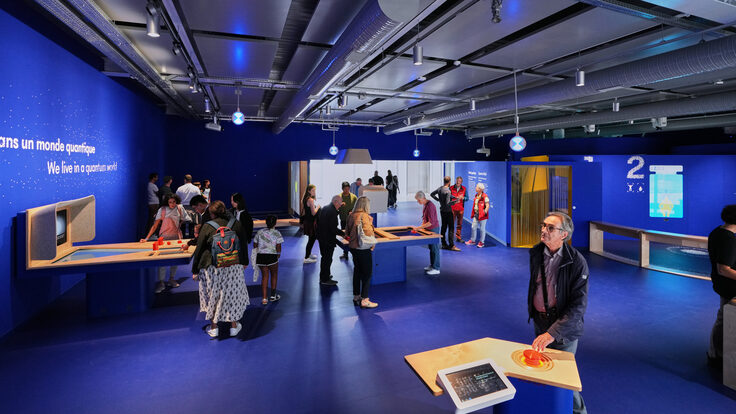
CERN expects half a million visitors to Science Gateway each year. Gianotti hopes that this new science center will help visitors feel personally connected to CERN and its research. “The accelerator runs under the feet of the visitors,” Gianotti says. “It’s at a place where science happens.”



